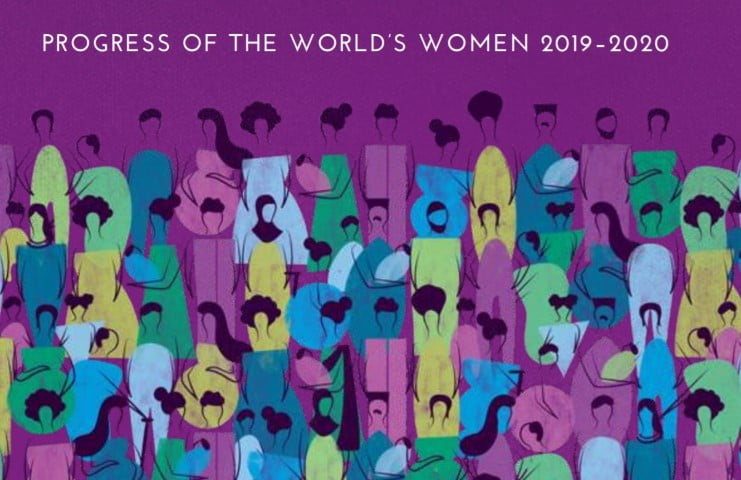UN Report Nails ‘Sorry Plight’ Of Women In Odisha’s Koraput

The divorce rate in India has gone up at a rapid pace in the past two decades, according to the United Nation’s latest report on ‘Progress of The World’s Women 2019-2020’.
Enumerating on the plight of women in rural areas, the report particularly highlighted the sorry condition of female agriculture workers burdened with childcare in Odisha’s Koraput district.
The key takeaways from the report:
1. The rate of divorce among women stood at 1.1 per cent, with those in urban areas making up the largest proportion. However, it was still less compared to other countries in the region.
2. The report cited several factors for the rate of divorce, one of them being economic independence. But the same was not true of all divorced women. The survey based on 404 divorced/deserted women, revealed: “Overwhelming majority were dependent on their natal families, particularly parents and brothers, in terms of both financial support and living arrangements after separation. Even if they had some income, it was not sufficient to enable them to live on their own or independently with their children”.
3. The rate of re-marriage was also extremely low in the country, it said.
4. The report said that in India, non-marriage or women who remained single were significantly low and less than one per cent in the age of 45-49. In Japan, however, 16.1 per cent of the women in this age group were non-married. It was followed by Singapore.
5. Talking about the plight of the women in rural areas who managed both child care and agriculture work, the report said the long duty hours were adversely impacting their health.
6. It especially took the example of women in Koraput district:
“A related study in the rural district of Koraput showed that doing childcare work did not exempt women from agricultural labour; their days were just busier. In peak agricultural seasons, there was a bigger squeeze on their time, leaving less time for self-care and childcare. Women agricultural workers who were undernourished to begin with lost more weight than their male counterparts at this time,” the report said.
7. According to the UN report, the labour force participation rate among women (between 25-54) had stagnated in urban areas and declined especially among the younger age group and married women in rural areas in the last two decades.
8. One explanation for this drop is that family incomes have stabilised as men have shifted from casual forms of work to regular wage earning, thereby encouraging women’s withdrawal from paid work. “Given the poor quality of the paid work that is available to women, often on top of long hours of arduous unpaid domestic chores, it is not implausible that some improvements in household income levels could have eased the pressure on women to seek outside employment,” the report said.

Comments are closed.